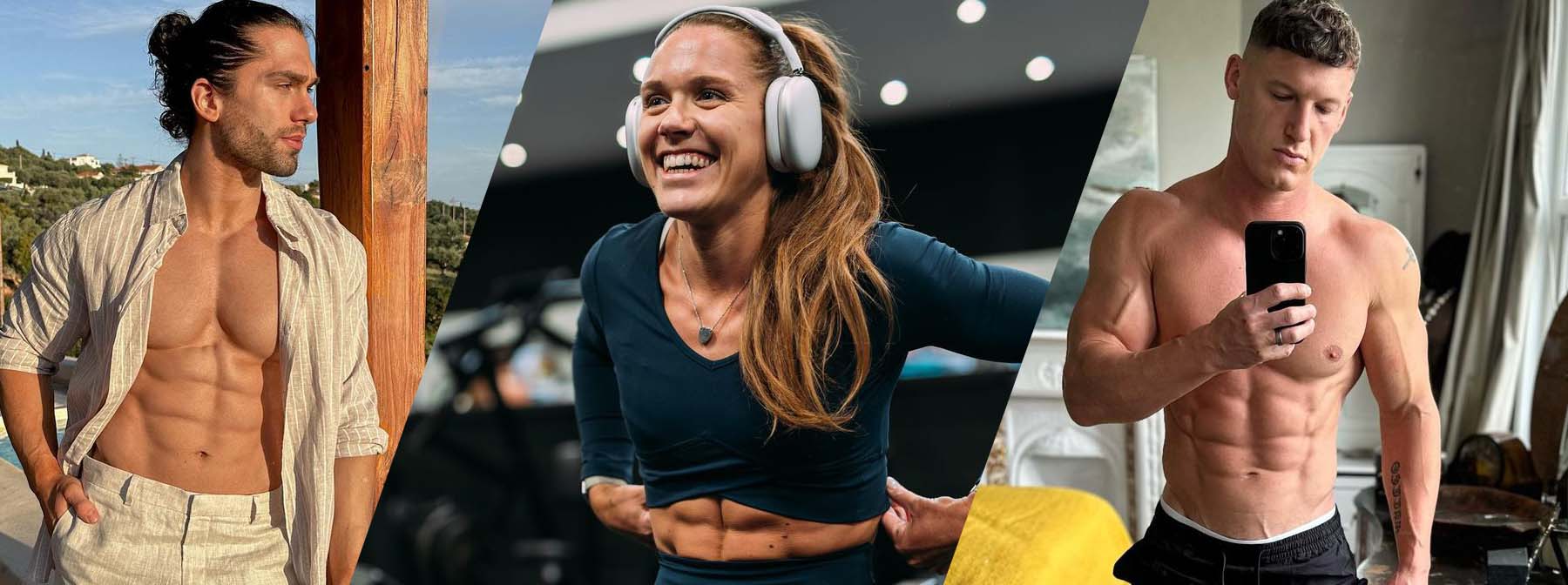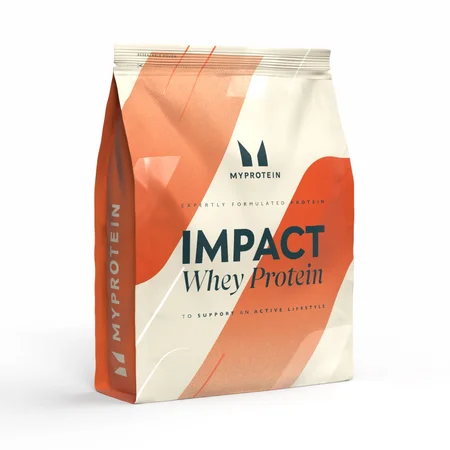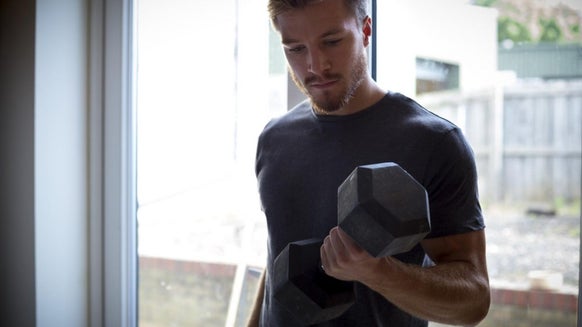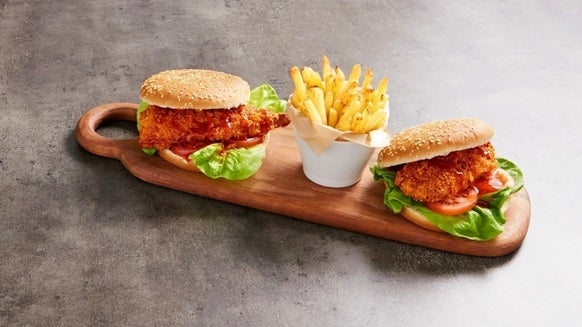Beginner’s Calisthenics Workout | Personal Trainer Plan

What is callisthenics?
Callisthenics — derived from the Greek words for beauty and strength — is a form of resistance training performed using your own body weight.
Its history dates back thousands of years to Ancient Greece, when soldiers would practise it to train for battle, and its principles can also be seen in other ancient disciplines, like yoga.
Many popular exercises involve callisthenics, including press-ups, crunches, and prisoner squats — and it’s becoming increasingly common to see people performing callisthenics workouts in outdoor gyms.
What does callisthenics do for your body?
Callisthenics works just like other forms of resistance training. So rather than free weights or gym equipment to create tension, body weight is used instead.
Fans of callisthenics claim it has many of the benefits of weight training but less of the negatives. Because it uses only body weight, it puts less pressure on the joints, helping to reduce injury.
And because it involves learning how your body works and moves, it may have more benefits for day-to-day tasks than other forms of training.
Benefits of callisthenics
1. It can be done anywhere .
Because it doesn’t need any equipment, you can train at home, in the park, or basically any other suitable place.
2. It has less impact on muscles and joints .
Because of its focus on body weight, callisthenics puts less pressure on muscles and joints than other forms of resistance exercise, meaning you may feel less sore from day to day.
3. It develops balance .
One of the ways to continually progress and challenge yourself when doing callisthenics is by increasing balance demands. For example, you could try using one leg to do a squat instead of two.
4. It improves flexibility .
Another way to develop your callisthenics ability is by increasing the range of movement. This can help muscle fibres and spindles, which can help improve flexibility and muscle function.
5. It helps develop core muscles .
Callisthenics places a lot of demand on the core muscles for balance and control — meaning you’ll develop a rock-solid core as you get more advanced.
6. It helps develop your overall physique .
If you follow a well-rounded diet and a callisthenics plan that challenges all the muscle groups, you should gain muscle mass as well as strength.
7. It’s a great party trick .
Callisthenics is full of all sorts of impressive poses, like handstands and human flags.
8. It can improve overall quality of life .
The physical benefits of callisthenics go beyond exercise and can be carried over to everyday life. And, unlike some other exercises, it has a relatively low impact on joints and muscles, which is good as you get older.

Beginner callisthenics workout plan
A good callisthenics workout plan should target all muscle groups and have specific physical and technical aims.
This plan includes three different workouts each with a different focus: one focuses on supporting joints, another focuses on developing muscle endurance, and the other focuses on balance.
You can complete the exercise plan 3-5 times per week, and the exercises can be completed almost anywhere, with some requiring no more than a pull-up bar to hang on to — easily found in a park or gym.
Joints:
This workout aims to put your joints under different types of stress — including compression and stretching — to help make them stronger and reduce injury risk. Focus on control and stability throughout, and make sure you complete a full mobility warm-up beforehand. Complete 4-12 reps of each exercise for at least two sets.
Deadhang:
- Find a bar and hang from it.
- Hold on tight and let your back stretch out.
- To make it harder, hang with one hand.
- To make it easier, choose a lower bar and support yourself with your toes.
Plank shoulder taps:
- Get into an extended plank (on hands and toes) keeping your hips still and glutes and core tight, feet around shoulder-width apart.
Lift one hand and tap the opposite shoulder.
Wall walk:
- Start in a press-up position with your feet touching a wall.
- Start walking your feet up the wall and your hands backwards towards the wall.
Try to get as high up the wall as you can with your feet while still feeling comfortable.
Single leg landings:
- In a squat position, jump high and land on one leg, taking the impact with a bent knee and trying to slow yourself down as quickly as possible.
Land on the ball off your foot so that the heel is just off the floor.
Crab walk:
- Sit on the floor with your hands just behind your hips and knees bent.
- Dig your heels into the floor and lift your hips up as high as you can.
- If you can hold the position, try to move forwards and back to make it a bit harder.
Nordic hamstring lowers:
- Kneel down with toes tucked — you’ll need a partner to hold your heels or a way of fixing your heels down. Start to fall forwards, gradually extending at the knee but controlling as much as you can.
When you can’t hold on anymore, release and drop with your hands in front of you, then use your hands to throw yourself back up.

Muscle endurance:
As you progress, increase the total number of reps as follows: five if completed in four sets, 10 if completed in three sets, 15 if completed in two sets, and 20 if completed in one set.
Squats (40 reps):
- Stand with your feet just wider than hip-width apart.
- Bend with control from the knees and hips for the downward movement and then stand up straight.
Once you can do 60 in a row, try the pistol squat variation, with one leg out in front of you.
Press-ups (30 reps):
- Make sure your hips and shoulders are at the same height and your back is neutral and long.
- Lower your chest towards the floor and press back up.
Make it easier by going on your knees and make it harder by moving your hands to just in front of your hips.
Lunges (30 reps each side):
- Step forwards and lower your back knee towards the floor while keeping your posture straight.
Change the angles slightly by stepping straight forward and at a 45-degree angle, keeping hips square.
Body row (30 reps):
- Use a bar around hip to shoulder height (the higher, the easier it may be).
- Hang under the bar with your hips up like an inverted press-up.
Pull your chest up to the bar and then slowly lower yourself.
Bear crawl (40m):
- Start on your hands and knees, engage your core, and push through your toes to lift your knees slightly off the floor.
- Your hips should be in line with your shoulders.
Hold here or start to move forwards, moving opposite hands and feet and taking small steps.
V-crunch (20 steps):
- Lie flat on the floor, legs straight above you, and reach towards your toes with a slight crunch.
Lower your hands and legs almost to the floor, and reach back up.

Balance:
The focus of this workout is holding positions with a lower base of support, or using different parts of your body to activate different areas and improve coordination.
Crow:
- Start with your hands on the floor just in front of your feet in a squat position.
- Place the inside of each knee on each elbow, and lean forward to take the weight through your hands, lifting your feet off the floor.
Hold and balance, increasing the time slightly with each new attempt.
Lateral gorilla crawl:
- Start by standing up straight, reach down to place each hand on either side of your left foot.
- With a lateral hop and taking your weight by the hands, change your feet so your right foot is now between your hands.
- Stand back up and place your hands back around the left foot to repeat.
Repeat the other way after 5-10 reps.
Arabesque:
- Standing on one leg, lean forwards, lifting your other leg behind you.
- Try to keep your hips square so you don’t lift one side.
- Pause at the bottom before returning.
Lateral skaters:
- This involves a lateral hop to one side to land on the outside leg.
- If you jump to the left, you land on the left leg, then jump back onto the right leg.
Increase the distance to make it trickier.
Jumping lunges:
Split your feet into a lunge position, lower yourself, and power up into a jump and switch legs.
FAQs about callisthenics
Can you build muscle with callisthenics?
You certainly can build muscle with callisthenics. The same rules of muscle building apply, where putting the muscles under enough tension and fatigue causes microtears in the muscles, which are then rebuilt by proteins in your diet.
Calisthenics uses your own body weight to create the tension and stress needed to build muscle.
Is callisthenics better than weight training?
There’s not really a “best” way of training — both weight training and callisthenics can be great ways to train your body, and both have their pros and cons. If you only have access to home training and your own body weight, then callisthenics is the best option for you.
How long should a callisthenics workout last?
Including a proper warm-up and stretch, a callisthenics workout can last between 30 minutes and one hour. It's the same as other types of training: the benefits could be lost if longer than an hour, and you might not stress your body into adaptation if too short. Workout times vary, but at the end of the session, you should feel fatigued.
Can you do a callisthenics workout every day?
It’s recommended to have two days per week free from intense exercise so your body can properly rest and recover. But you can do some low-intensity callisthenics workouts — like the balance workout above — on these days.
What’s the difference between callanetics and callisthenics?
Callanetics is a practice involving small, pulse-like movements that require precision and control to teach the muscles how and when to contract to build and hold them tight. Callisthenics aims to use full ranges of movement throughout the body and focuses on developing the body’s ability to move holistically.

Take Home Message
Using it alongside lifting weights can bring a lot of variety to your training, but it can also be the sole focus of your training, with so many movements and techniques to conquer.
Want more advice?
TRY THESE NEXT:







